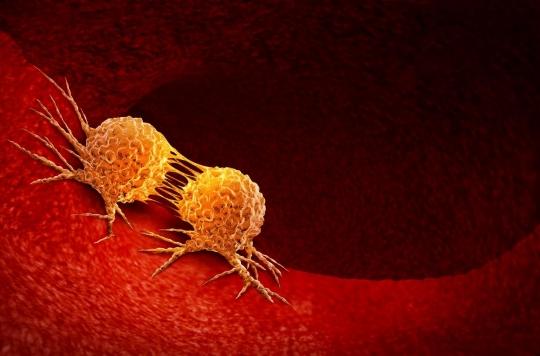If men are so numerous on Earth while a few are enough to ensure future generations, it is because they make it possible to eliminate defective genetic mutations, reveals a new study.

- Although both females and males are carriers of genetic mutations, the effects of these are only manifested in the physical condition of males.
- This means that, in order to eliminate genetic mutations more quickly and efficiently, the majority of animal species carry out natural selection via males.
In many animal species, including the human species, only a handful of males could be enough to fertilize all the females and thus ensure the renewal of generations. Why then are they born in such numbers, to the detriment of females?
Researchers from the University of Uppsala (Sweden) provide a new answer. In a study published in the scientific journal Evolution Letters, they demonstrate that a large male population eliminates bad genetic mutations from the population. This ultimately has genetic consequences for sexual selection.
Mutations present but not detectable in females
To carry out their work, the researchers relied on the theory that, in many animal species, fierce competition between males to fertilize females leads to the selective elimination of individuals with many deleterious mutations, which prevents them from transmit said mutations. This selection has long-term positive effects on the growth and persistence of a sexually reproducing population.
They then verified it using 16 genetic strains of seed beetle (Callosobruchus maculatus). Their aim was to study how the presumed number of deleterious mutations in each affected the reproductive capacity (fitness) of females and males. The scientists tracked strains marked by high inbreeding, which allowed them to quantify the cumulative effects of each strain’s unique set of mutations. By comparing inbred strains to crosses between them, they were then able to see that these mutations harmed females and males almost equally. However, the effects of the mutations only manifested themselves on the physical condition of the males. In females, the deleterious effects of the mutations they carried were not detectable in this genetically more variable background. They would therefore not be effectively eliminated by female-specific selection in the wild.
“This indicates that, although these mutations have a detrimental effect on female reproduction, they are eliminated from the population more efficiently by selection acting on male carriers than on female carriers.”says Karl Grieshop, evolutionary biologist at the Canadian University of Toronto and lead author of the study.
Faster elimination of deleterious genes by males
According to the study authors, this new work sheds new light on the age-old question of why so many multicellular organisms resort to sexual reproduction.
“The production of males leads to a decrease in the reproductive capacity of a species, since males themselves contribute less than females to the production of offspring. The question therefore is why does a species evolve to reproduce sexually? , rather than just producing females through asexual reproduction Our study shows that producing males, which can compete intensely for the chance to mate, leads to more rapid elimination of deleterious mutations in population, which could thus lead to a healthier set of genes and a higher reproductive capacity compared to asexual reproduction”concludes David Berger, researcher and team leader in the Department of Ecology and Genetics at Uppsala University.














-1605798166.jpg)